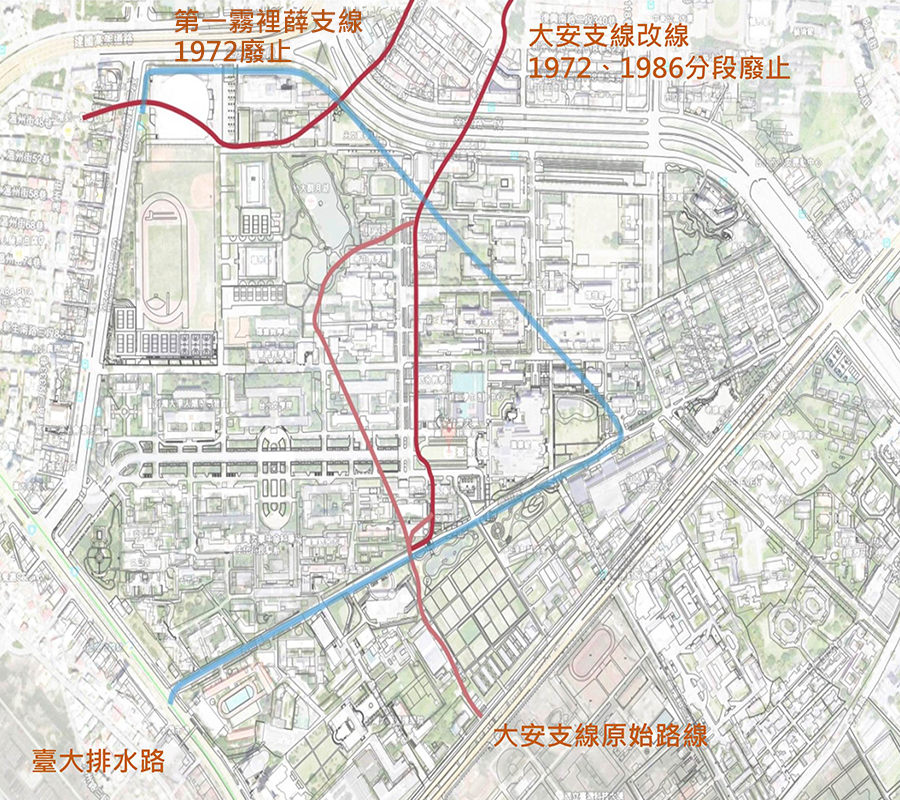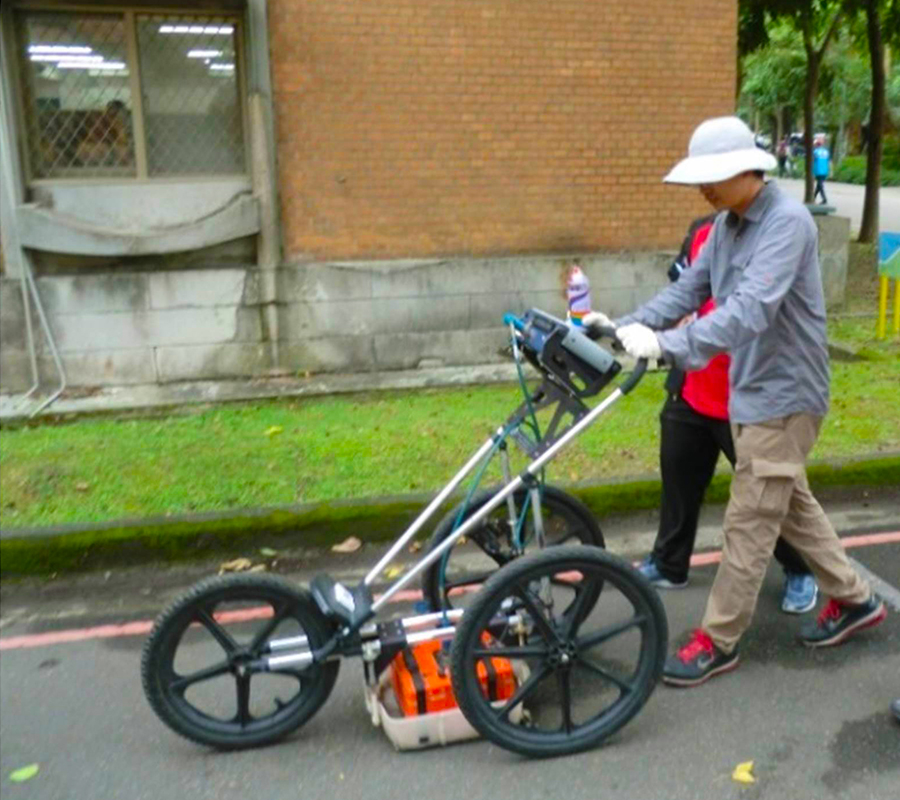Restoration of Liu-Gong-Jun

History of Liu-Gong-Jun
The construction of Liu-Gong-Jun (瑠公圳), a 270-year old system of irrigation ditches, was led by Kuo Hsi-Liu (郭錫瑠) and his sons during the Great Qing (清) imperial era. It was named after its designer Kuo Hsi-Liu to commemorate his hard toil. The Da-an branches (大安支線) of the system flow through NTU’s Campus. Starting from the agricultural experimental farm, the ditch flows northbound along Palm Avenue (小椰林道) to the Drunken Moon Lake (醉月湖). However, the ditch dried up due to a lack of water source. Furthermore, Liu-Gong-Jun lost its irrigational function when farms in Taipei disappeared and the ditch that flows through campus went underground around 1980. Today, only a short segment of the ditch beside the Hydrotech Research Institute remains uncovered.

Liu-Gong-Jun’s Restoration Plan at NTU
In 2001, Professor Chun-E Kan (甘俊二) of the Hydrotech Research Institute started to restore Liu-Gong-Jun after consensus was reached among campus and Professor Kan was also able to get a ten-million NTD funding from the Liugong Irrigation Association (瑠公農田水利會). The first stage of the restoration, which included Liugongjun Pool (瑠公池), Liugong Bridge (瑠公橋) and the uncovered segment of the ditch along Zhoushan Road (舟山路), was completed in September 2003. The restored area, which is now an attraction of NTU, created a waterfront accessible space on the green belt of Zhoushan Road has become a place full of nature and attracts students as well as faculties. Unfortunately, the follow-up plan was left aside because of lacking water source to maintain water supply and quality. A new hope raised in 2015, when Taipei Water Department promises NTU to pump in water from Xindian River (新店溪) as water source for the ditch. The near goal is to restore the surroundings of the old ditch beside the Hydrotech Research Institute. In addition, observations made by ground penetrating radar had revealed the location of underground ditch near the Drunken Moon Lake and there may be a chance to bring this segment of the ditch into light. The long term goal is to restore the ditch along Palm Avenue which will connect the northern water and the southern water on campus and provide more cultural landscape and natural habitat at NTU.

Your Care and Understanding
NTU’s rich green resources are precious in a high-land-price city of Taipei. The restoration of the Liu-Gong-Jun brought historic context of the land to people’s attentions and also brought lives to Taipei’s natural environment. As a consequence, NTU needs to bear more cost and account to maintain the environment other than our research profession. NTU welcomes visitors and kindly ask you to understand that we need a quite research environment. Please take care of our natural environment as well. Do not release, feed or harm animals in order to that our campus scenery last longer.
